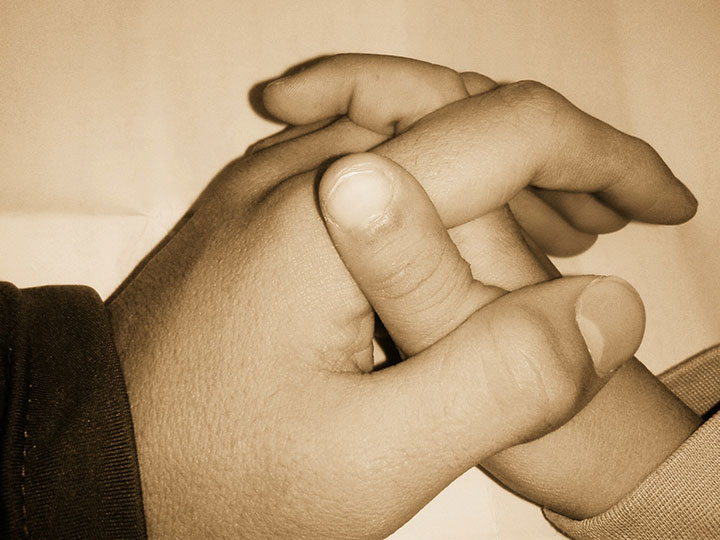 One of the most important considerations in the dissolution of the marriage is who the children will live with and the arrangements for the time they’ll spend with the other parent. Child Custody can be difficult for all involved, so cooperating with one another at this point to create a workable custody and visitation plan will help ensure your children’s stability going forward. A few of the things that you need to know:
One of the most important considerations in the dissolution of the marriage is who the children will live with and the arrangements for the time they’ll spend with the other parent. Child Custody can be difficult for all involved, so cooperating with one another at this point to create a workable custody and visitation plan will help ensure your children’s stability going forward. A few of the things that you need to know:
Establishing Custody in Texas
The words custody and conservatorship are essentially identical and can be used interchangeably.
There are three general types of conservatorship in Texas:
- joint managing conservatorship. This means that both parents share decision-making power regarding most issues.
- sole managing conservatorship. In situations where there is a good reason for one parent to make all decisions about the child. Sole conservatorship can be established.
- possessory conservatorship. For example, a parent has parental rights but does not have the final say in most decisions that affect the child.
Custody is typically established at the time of divorce. For instance, custody can be altered later on through a new court order if there is a compelling reason to amend the custody order.
Visitation in Texas
A child is considered to be in a parent’s possession when they are with the child. When a child is in the parent’s possession, that parent has the right to make certain decisions regarding the child. These include moral and religious training, discipline, and consent to non-invasive healthcare. Parents who have possession of the child is required to provide all necessities. The parents can decide together what days each gets to spend with the child. If the court finds that the schedule the parents have created is in the best interest of the child, they will base the access order on this. The court may put what is known as a standard possession and access order into place. Therefore, understanding your rights, as well as your responsibilities to one another and your child. You can make the best possible agreement for the good of your child.



